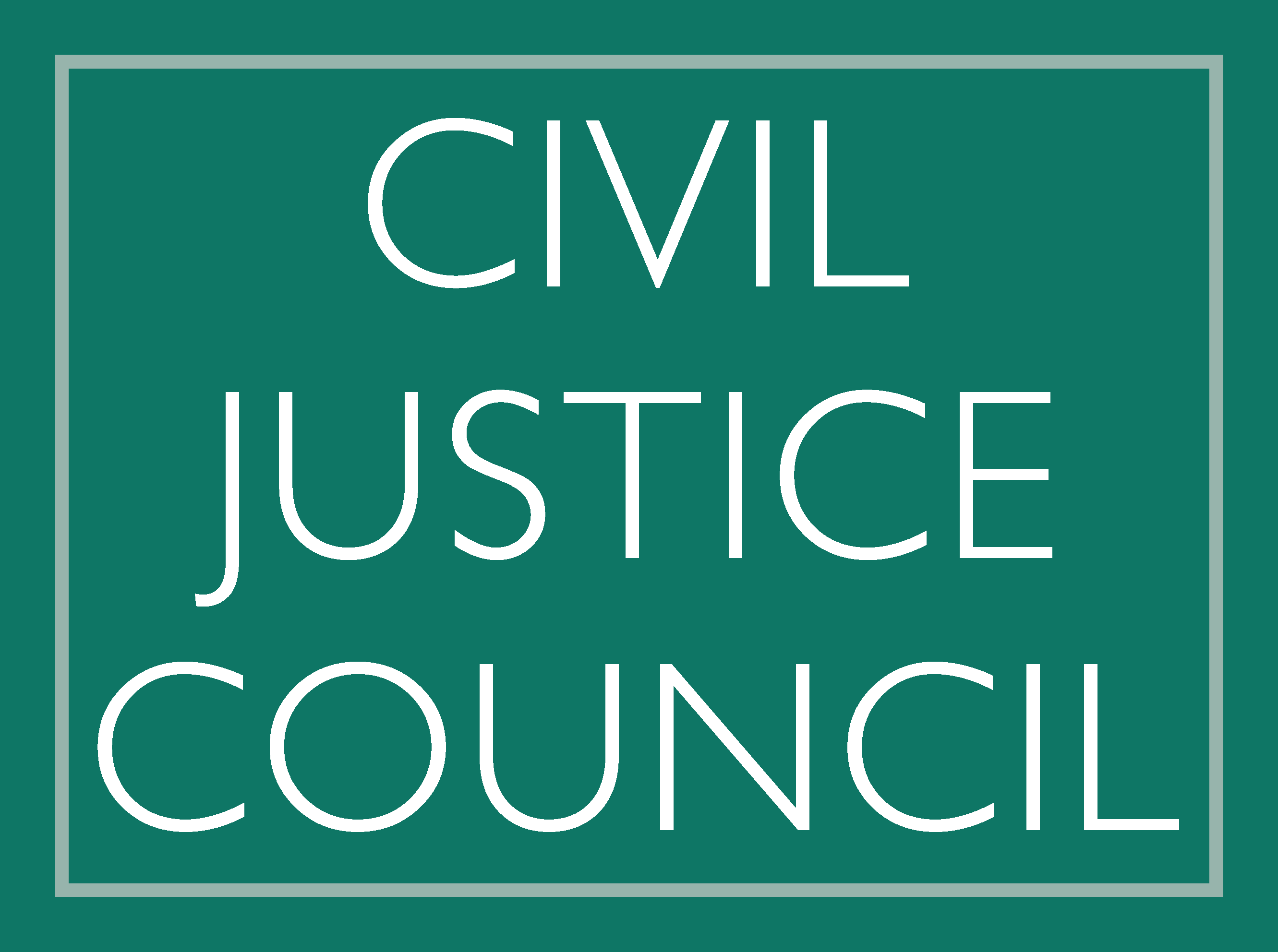Pre-Action Protocols

The Civil Justice Council (CJC) is currently conducting a review of pre-action protocols (PAPs). The review will look at all aspects of PAPs including their purpose, whether they are working effectively in practice and what reforms, if any, are required. The CJC is particularly interested in looking at how PAPs are working for litigants with limited means; the costs associated with PAP compliance; the potential of PAPs in online dispute resolution; and the potential for PAPs to be streamlined.
An Interim Report prepared by the working group, and its subcommittees, was published in November 2021. It was open for public consultation until 10am on Friday 21 January 2022. There were 133 responses to the consultation. Of those, 80 responses have been marked as public and are available to read via the zip files below. A preliminary public survey to obtain feedback and suggestions about what ought to be the focus of the review was held between October and December 2020. The survey results can be found online.
Following the conclusion of the consultation period, the Council decided to bifurcate the process for concluding its review. The Council published its phase one final report in August 2023. The phase two final report is anticipated in late 2024. The first phase was dedicated to examining the role of PAPs in the civil justice system, and in particular the potential benefits of digitalising pre action processes, and the place and content of the PD-PAC. The second phase will be focused on potential reforms to litigation specific PAPs and/or the creation of new litigation specific PAPs.
A list of PAPs currently in force can be found on the Ministry of Justice website.
Further information regarding the CJC’s previous work on PAPs can be found on the judiciary website.
Phase One final report
The Council’s final report on Pre-action Protocols has been published.
Members
Main working group
- Chair: Andrew Higgins – Academic and Civil Justice Council Member
- Nicola Critchley – Insurance Representative and Civil Justice Council Member
- Daniel Easton – Personal Injury Lawyer Leigh Day
- Deputy District Judge Jonathan Hassall
- Andrew Skelly – Bar Council
- DJ Sunil Iyer – District Judge Sunil Iyer
- Masood Ahmed – Associate Professor, University of Leicester
- His Honour Judge Richard Roberts
- Dr John Sorabji – Associate Professor UCL Faculty of Laws and CJC Member
- Brett Dixon – Law Society
- Diane Astin – Housing Representative and Civil Justice Council Member
- William Wood – ADR Provider
Personal Injury Sub-Committee
- Chair: Master Amanda Stevens
- His Honour Judge Richard Roberts
- Nicola Critchley – DWF Law and Civil Justice Council Member
- Dan Easton – Leigh Day
- Brett Dixon – Association of Personal Injury Lawyers
Judicial Review Sub-Committee
- Chair: Professor Maurice Sunkin KC – University of Essex
- Mr Justice Fordham
- Polly Glynn –Deighton Pierce Glynn
- John Halford – Bindmans
- Professor Sue Prince – Academic and CJC Member
Draft Terms of Reference
- What amendments to the PAPs, or associated guidance to LIPs, would be desirable to draw litigants’ attention to the effects of Jet2?
- Are there any PAPs that are not fulfilling the purposes of PAPs as originally envisioned by Lord Woolf and/or the purposes currently set out in ‘CPR PD-PAC’. What function should PAPs perform in the 2020s
- Are there major inconsistencies between PAPs and are these justified by the differences in the litigation to which they relate?
- Are the “soft sanctions” for non-compliance with voluntary pre-action protocols – case management directions and costs orders – being regularly and consistently applied?
- Should all PAPs be mandatory? Should any PAPs be mandatory? What should the sanctions for non-compliance be?
- Are any PAPS overly technical or burdensome to litigants and can they be streamlined?
- Are any PAPs lacking key steps that ought to be required of parties, or prohibit initiatives that should be allowed?
- Are PAPs a mechanism for de facto compulsory ADR prior to commencement of litigation? Should they be?
- What are the ratios of cases settled at the PAP stage compared to post issue mediation?
- Should there be any changes to PAPs as a result of the HMCTS reform programme and the digitisation of the civil justice system generally? To what extent are PAPs already online? Should there be further digitalisation of PAP steps and guidance?
